Popcorn!
It appears from archaeological remains in Mexico that popping in the embers of a fire may have been the first method for cooking corn. Early explorers described popped corn among the Aztecs, Incas, and North American tribes. In the 19th century, Americans served popcorn as a breakfast cereal, made it into porridges, puddings, and cakes, added it to soups, salads, and main dishes, and mixed it with molasses to make an ancestor of the sweet popcorn ball and Cracker Jack. Popcorn was a popular finger food in the United States in the 1880s, then became associate with movie theaters, and later with watching television in the home. In the 21st century, most of the popcorn sold in supermarkets is packaged for microwave cooking.
How Popcorn Pops
Some flint and dent varieties of corn will explode and form a crisp puff, but expand far less than true popping varieties, which are generally smaller and contain a greater proportion of hard translucent endosperm. Thanks to a denser arrangement of cellulose fibers, the popcorn hull (pericarp) conducts heat several times faster than the hull of ordinary corn; and thanks to both its density and greater thickness, it is several times stronger: so the hull transmits heat more rapidly to the endosperm, and can withstand higher steam pressure from within before giving away.
As the temperature inside the corn kernel reaches and passes the boiling point, the protein matrix and the starch granules soften, and moisture in the granules turns into steam. The steam softens the starch even more, and the many thousands of little steam pockets exert a growing pressure against the hull. The softening of starch and protein continues until the internal pressure approaches seven times the external pressure of the atmosphere(!!), at which point the hull breaks open. The sudden pressure drop inside the kernel causes the pockets of steam to expand, and with them expands the soft protein-starch mixture, which puffs up and then stiffens as it cools off, becoming light and crisp. (If the popping is done in a tightly covered pan that offers no escape for the water vapor, then endosperm will retain it and be tough and chewy; the pan lid should be left slightly ajar.)
Popcorn pops best at a temperature around 380ºF/190ºC, and can be popped in hot oil, in hot air poppers, and in the microwave oven.
Leave it to Henry David Thoreau to see popcorn with fresh eyes. In midwinter of 1842 he wrote in his journal:
I have been popping corn tonight, which is only a more rapid blossoming of the seed under a greater than July heat. The popped corn is a perfect winter flower, hinting of anemones and houstonias…By my warm hearth sprang these cerealious blossoms; here was the bank where they grew.
Source: On Food & Cooking by Harold McGee

